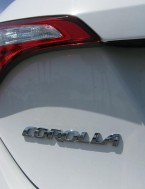
Review Index
2014 Toyota Corolla LE – Part 1 (Exterior)
2014 Toyota Corolla LE – Part 2 (Interior)
2014 Toyota Corolla LE – Part 3 (Interior – Electronic Features)
2014 Toyota Corolla LE – Part 4 (Powertrain)
2014 Toyota Corolla LE – Part 5 Chassis and Suspension)
For customers who are buying cars like the Corolla, interior feature plays a more important role in their decision making process.
The first impression when you get into the Corolla cabin is its spacious interior volume. When you are sitting inside it, you will feel it is more roomy than many mid-size luxury sedan such as the Audi A6, Mercedes-Benz E-Class etc.; and this is indeed the truth: if you check their interior dimension number, the Corolla does has larger head room and leg room.
See the comparison side by side with the Mercedes-Benz E-Class (driver seat adjusted to the same seating location for the same person):
The front seats has plenty of adjustment range, no matter what is your sitting preference, you can always find a comfortable position in the Corolla.
Our LE trim test car comes with cloth interior, with reasonable touch feel and ventilation. The outside temperature is over 100 degree during our test drive. After parking under the direct sunshine for a couple hours, the sitting surface still won’t burn your bottom. Crank up the AC for several minutes and you will be feeling comfortable again.
The door has a flimsy feel when you close it. But please do not suspect its side impact safety. In the IIHS side crash test, Corolla’s result is -18.5cm (the intrusion of the cabin still has 18.5cm distance to the driver-seat’s center line). This is a remarkable solidness – to give you an idea of how good it is, the 2014 BMW 3-series sedan only got -16.5cm in the same test under the same condition, so it is even 2cm worse than the Corolla!
The door panels are made with hard plastic majorly, touch feel is just so-so, but visually speaking looks OK.
One fact you may have already known is that now all US market Corollas are made in Toyota’s Mississippi plant in the city of Blue Springs. Compared to earlier models which is imported from Japan, although it still meets the standard, the US made Corolla’s build quality is still a hit-or-miss. This becomes more apparent when we look close to the interior, cases like excessive or uneven gaps between interior panels are not uncommon, I can easily grab you some to show you, for example this one:
However we cannot complain too much, because almost all similar-priced cars in the market now has issues here and there. With limited cost budget nowadays, it is impossible to do everything perfect. Another example is the underside of the dash, it will look much better if Toyota extends the carpet all the way up to where the console joins the firewall, or put a panel there to cover everything up. However, what this looks in the photo is totally acceptable for cars under $30k.
Most customer will not bother to crouch down and check out details shown in the above photo, normal this is what they will see when they open the driver-side door:
Here is the trunk, not big, but size is reasonable for weekend grocery shopping.
Part of the Corolla’s body-in-white is not padded in the trunk area, you can see bare-metal there. The steel beams and braces strengthened the car’s torsional rigidity, which I will discuss more in later sections of this review series.
The console design is using the latest Toyota styling theme, which puts various displays/buttons on a horizontal layout, and brings customer a “sporty” feeling (because many sports-oriented automobiles use such type of design).
The center console dash blends well with the side door panels, created a “surrounding” environment impression for front seat passengers, this is how the front passenger will see when he is sitting in:
The upper side of the dash is imitating the “stitched leather” appearance. There is actually nothing stitched on the dash, just an effect formed by molded plastic materials.


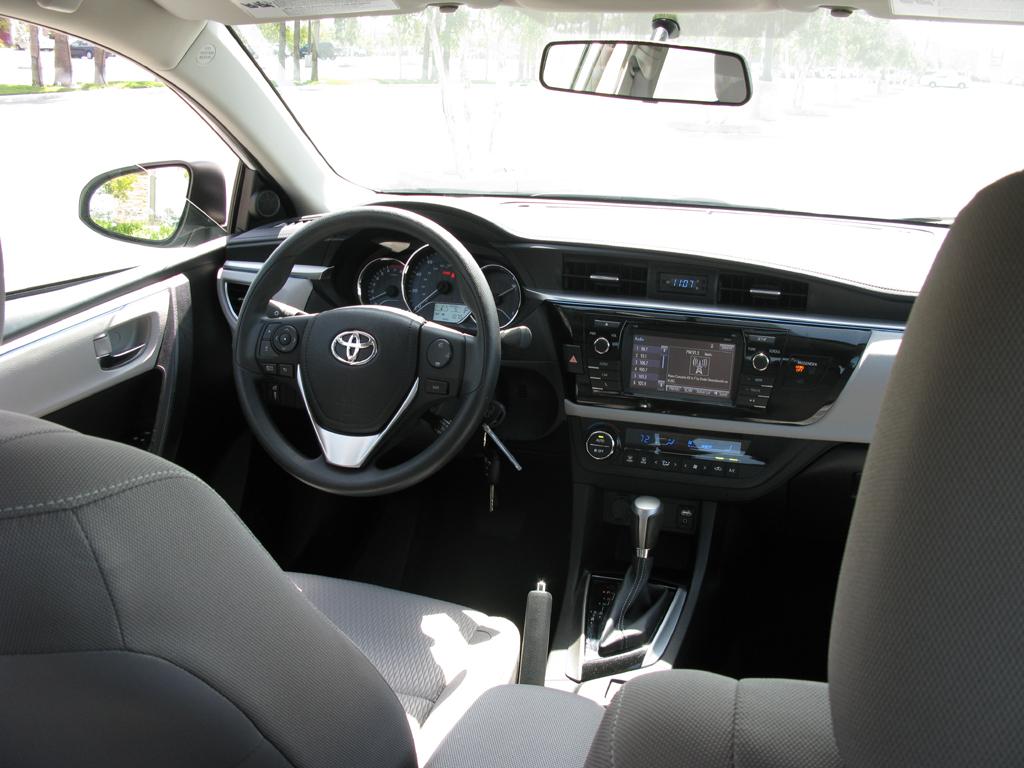
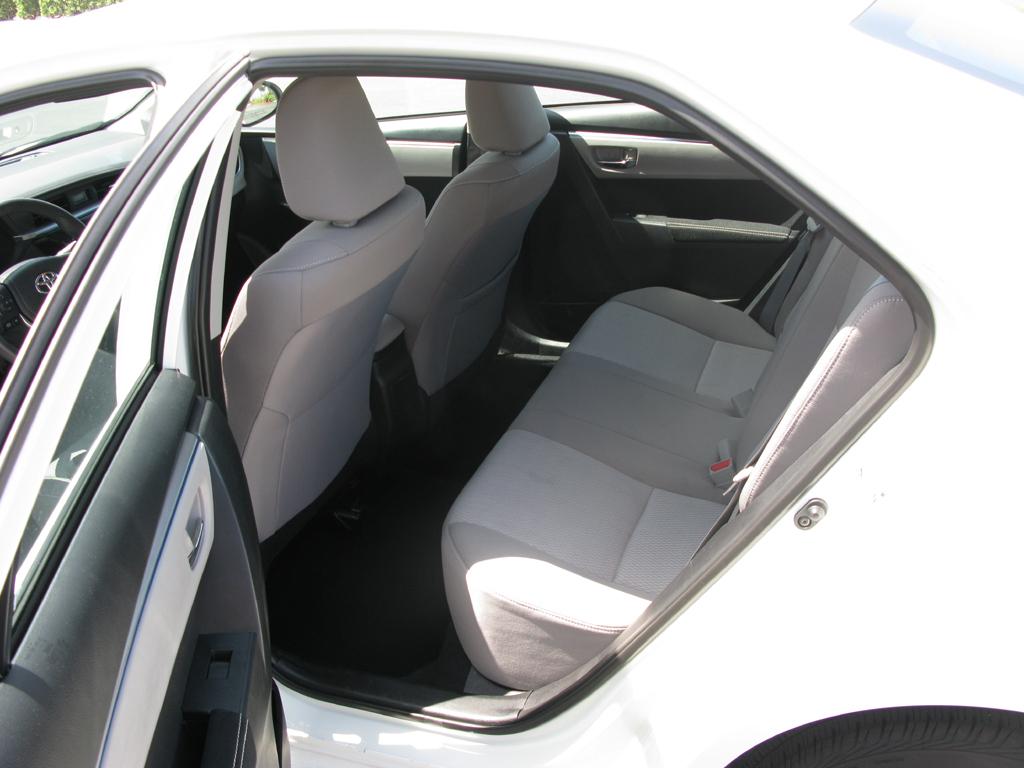
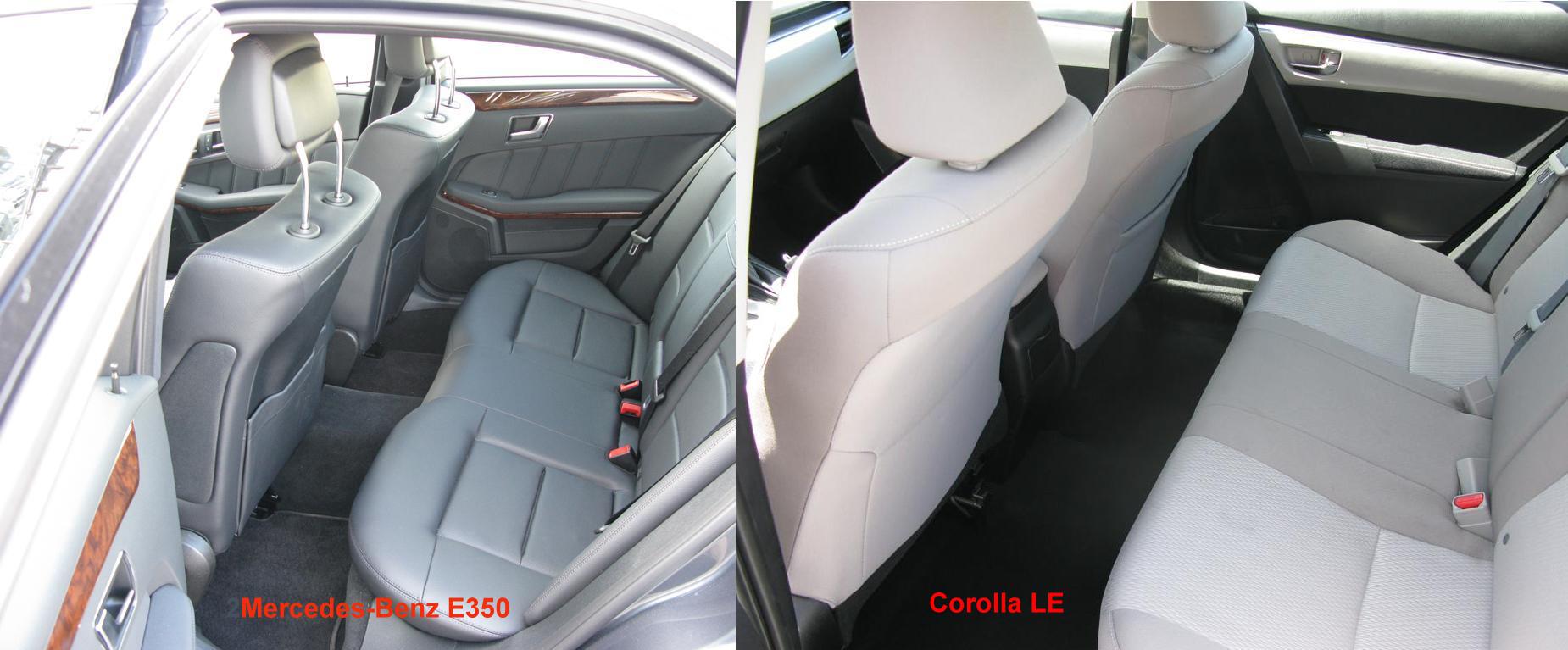
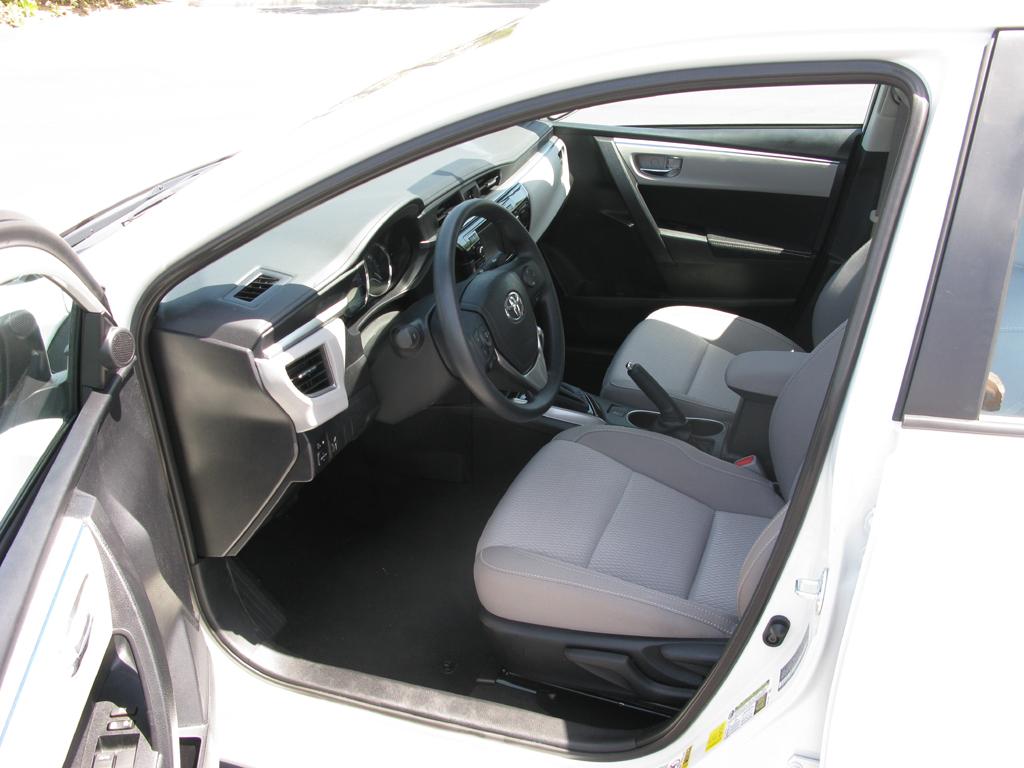

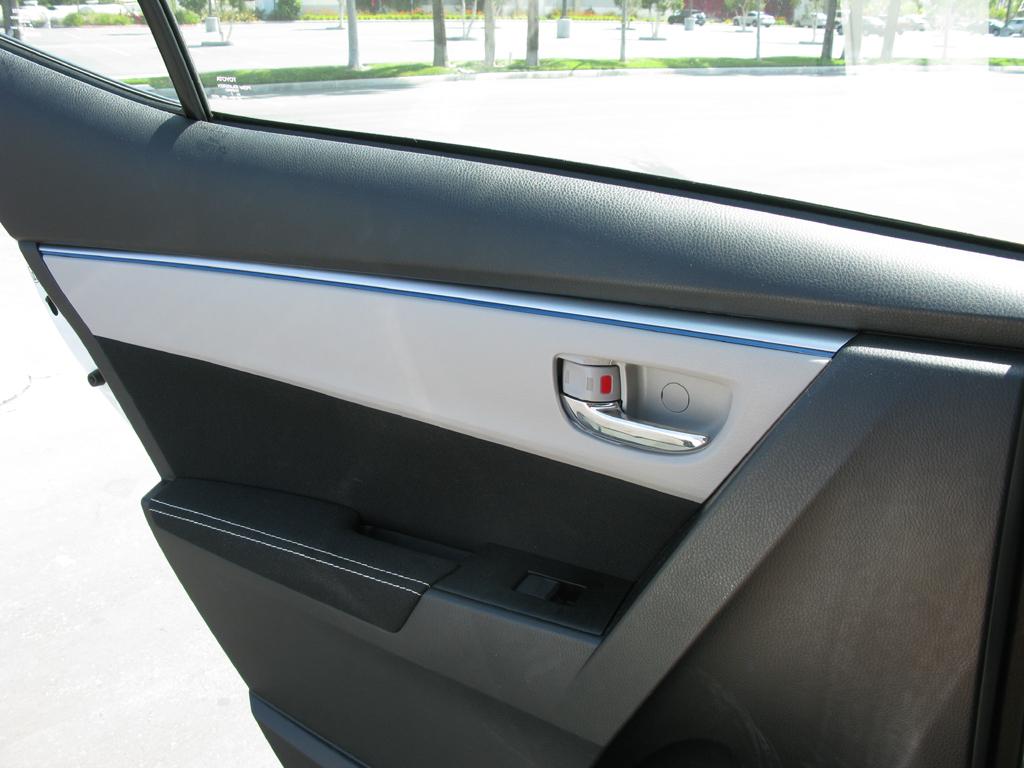
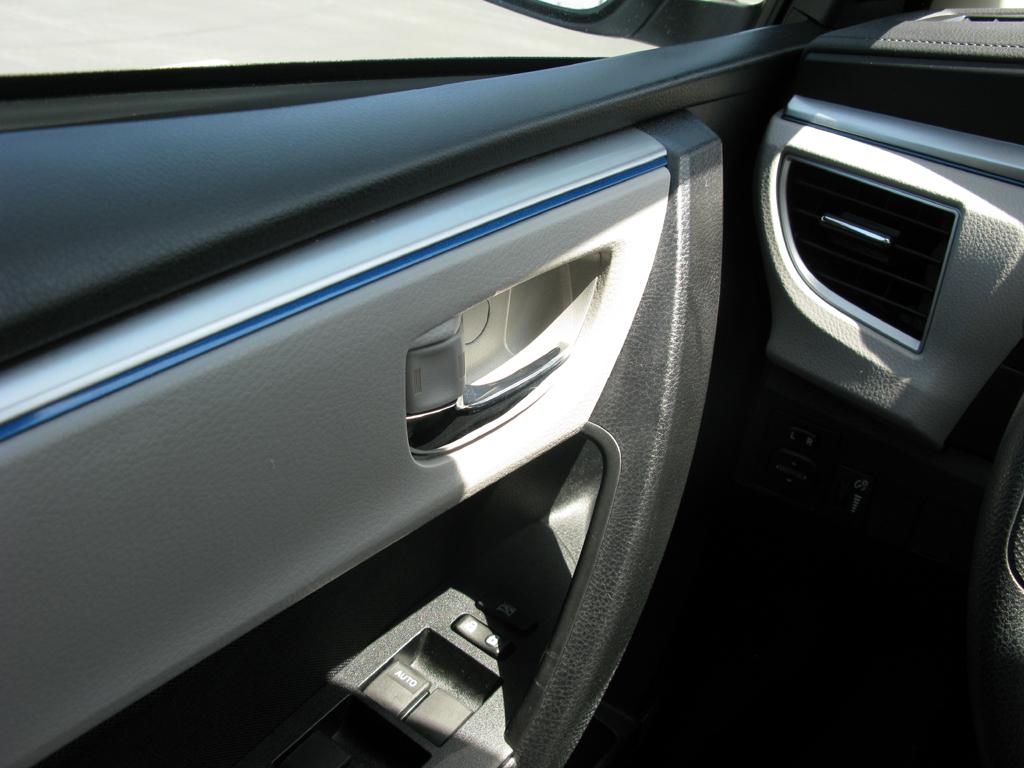
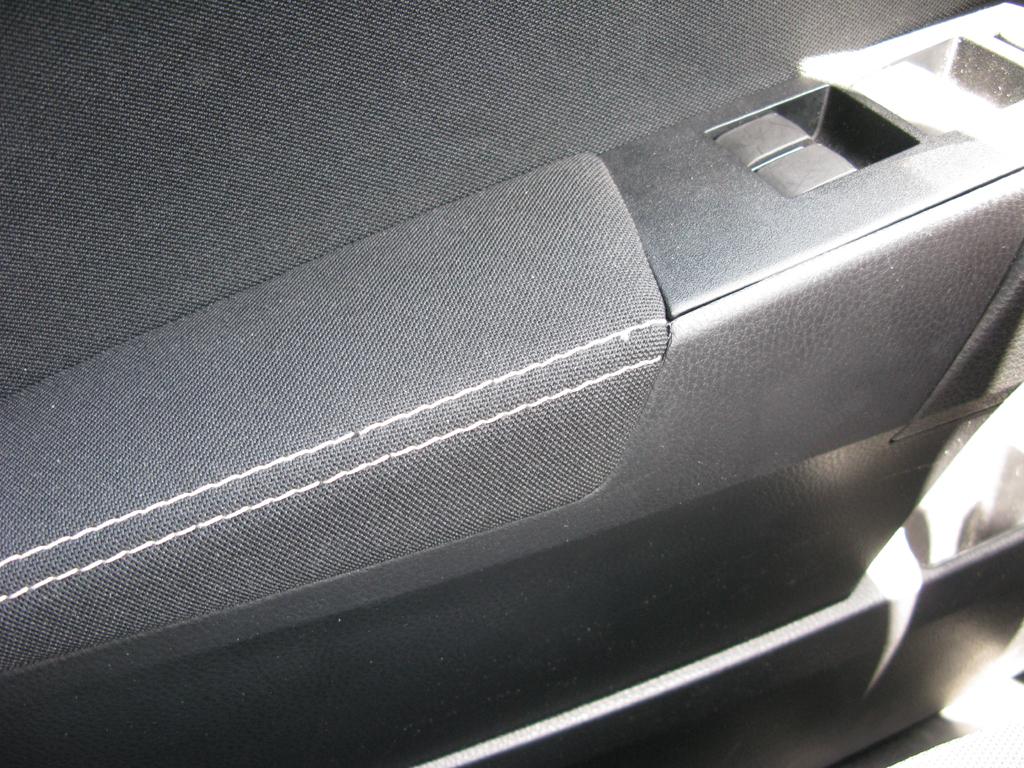

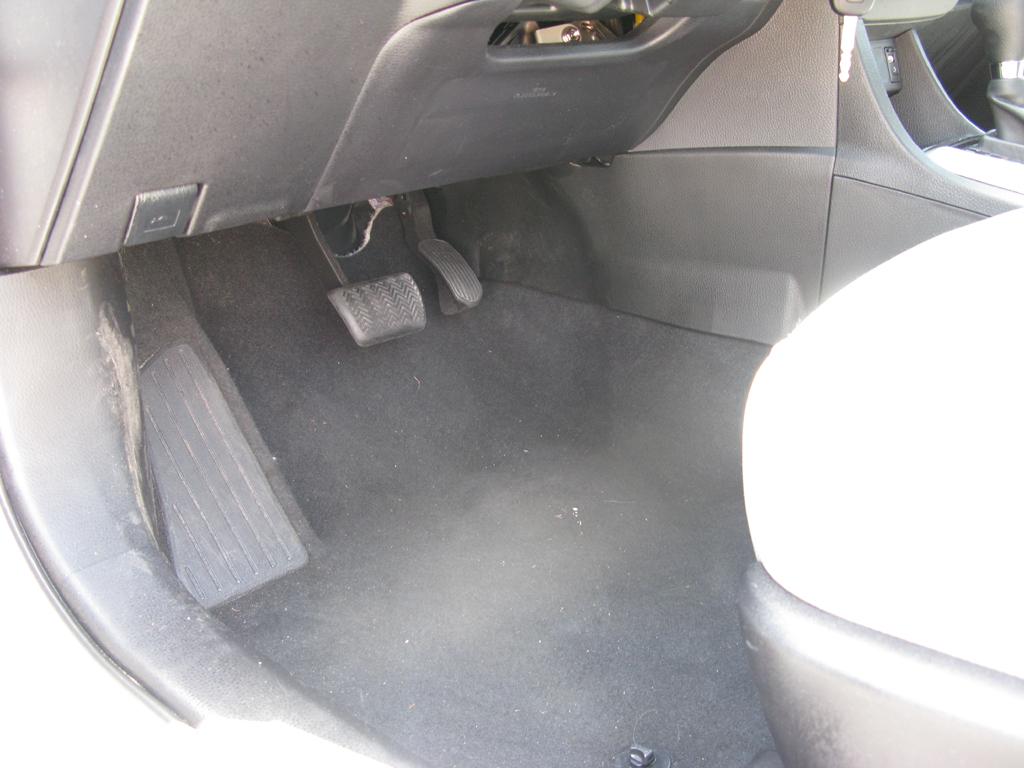
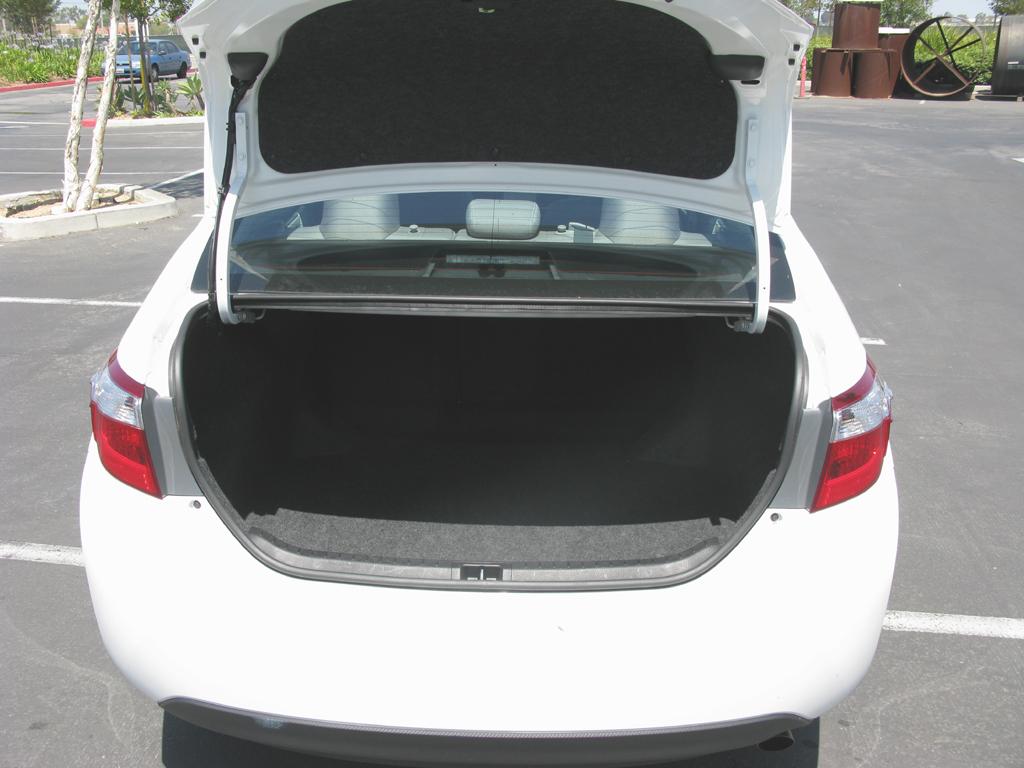
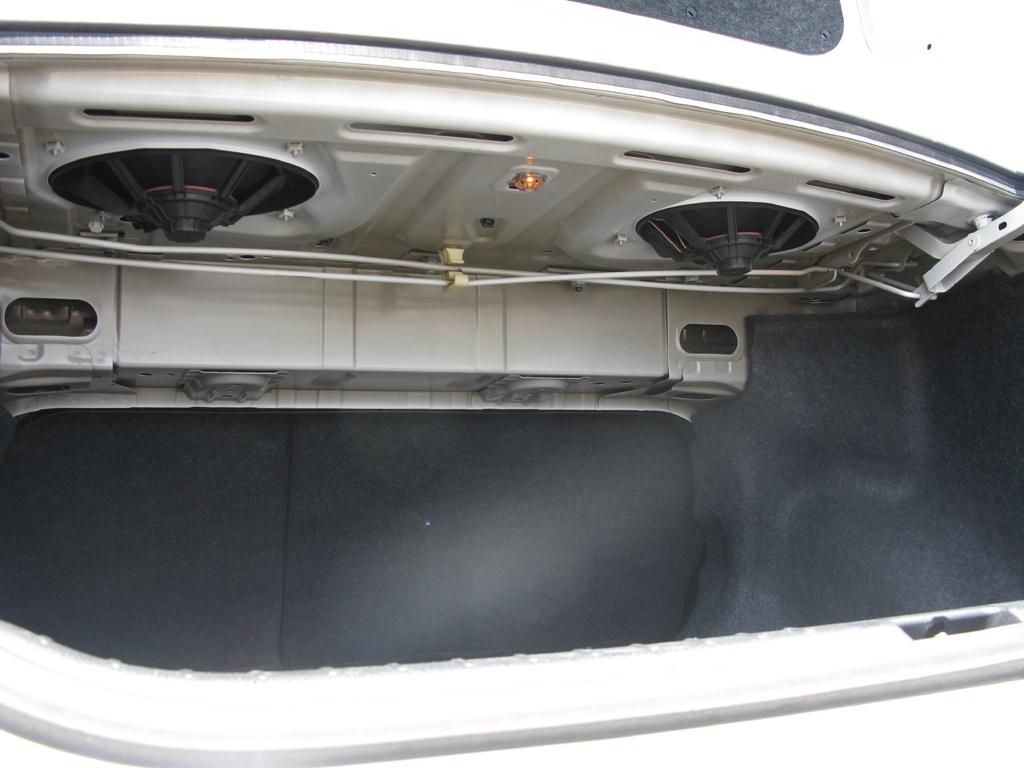
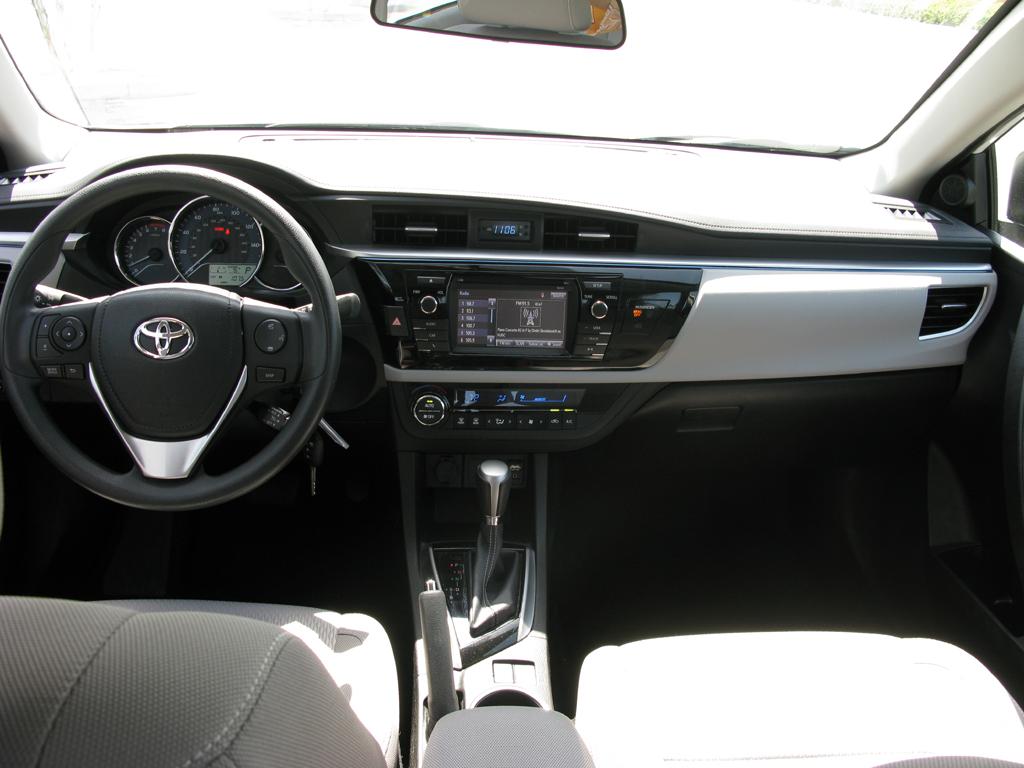

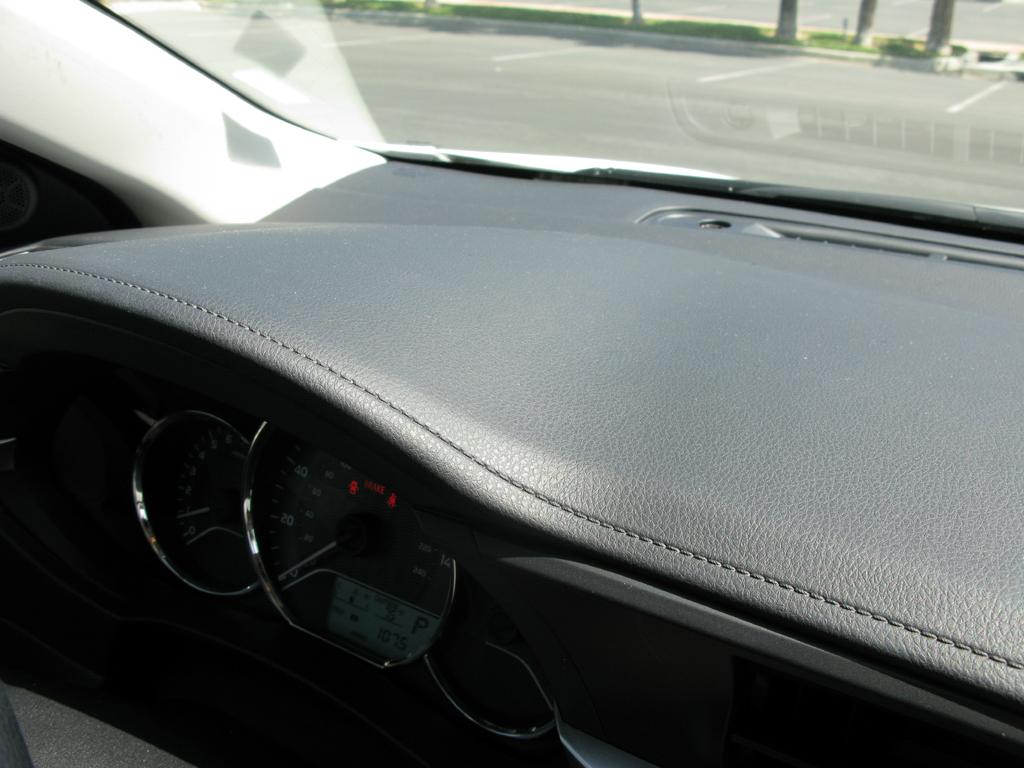

Recent Comments